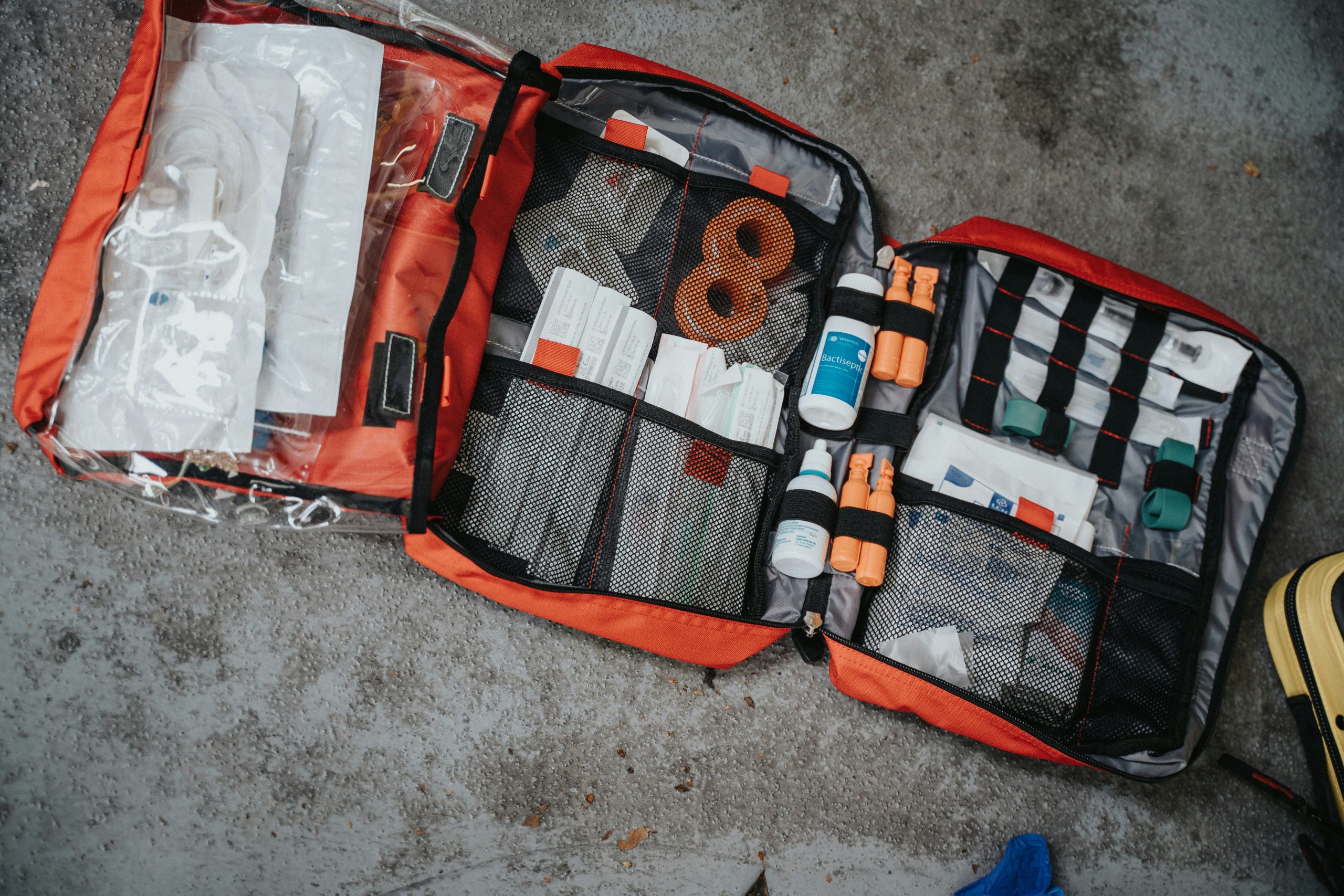“Ever lost an entire day’s worth of work because your server crashed? Yeah, we’ve been there too.”
Imagine this: You’re working on a critical project when BAM—your system goes down. Panic sets in as you realize hours (or even days) of work might be gone forever. This is where disaster recovery tools come into play, ensuring your data stays safe and accessible no matter what happens. In this post, we’ll dive deep into the world of fault tolerance, explore step-by-step strategies for setting up disaster recovery plans, share actionable tips, and provide real-world examples so you can avoid the dreaded “data apocalypse.”
Table of Contents
- Key Takeaways
- The Problem with Poor Fault Tolerance
- Building a Disaster Recovery Plan
- Best Practices for Using Disaster Recovery Tools
- Real-World Examples of Successful Disaster Recovery
- FAQs About Disaster Recovery Tools
- Conclusion
Key Takeaways
- Fault tolerance is essential for maintaining business continuity during unexpected outages.
- Effective disaster recovery tools help restore data quickly, minimizing downtime and financial losses.
- Choosing the right tool depends on factors like budget, scalability, and specific use cases.
- Automation plays a key role in streamlining disaster recovery processes.
- Testing your recovery plan regularly ensures it works when you need it most.
The Problem with Poor Fault Tolerance
Let me confess: I once lost three months’ worth of development code due to a single hard drive failure. No backups, no safety nets—just me staring at a blinking cursor wondering how my life had gone so wrong. Spoiler alert: It wasn’t pretty.
Without robust fault tolerance mechanisms in place, businesses risk losing sensitive data, facing prolonged downtimes, and damaging client trust. A shocking stat? According to IBM’s Cost of a Data Breach Report 2023, the average cost of a data breach reached $4.45 million—a number that could bankrupt smaller companies outright.

Visualizing the cost of poor fault tolerance—ouch.
Building a Disaster Recovery Plan
Optimist Me: “Creating a disaster recovery plan is easier than you think!”
Grumpy Me: “Yeah, but only if coffee’s involved. Lots of it.”
Here’s how you can set up a solid plan using disaster recovery tools:
Step 1: Assess Your Risks
Identify potential threats such as hardware failures, cyberattacks, or natural disasters. Tools like RiskAssess Pro can help evaluate vulnerabilities.
Step 2: Choose the Right Tools
Some popular options include:
- Veeam Backup & Replication: Ideal for virtual environments.
- Zerto: Known for its continuous data protection features.
- AWS Backup: Great for cloud-based operations.

Setting up Veeam Backup—a game changer for fault tolerance.
Step 3: Automate Backups
Manual backups are prone to human error. Use automation software to schedule regular snapshots of your data.
Step 4: Test Regularly
Run simulations to ensure everything works seamlessly. Note: Skipping this step is a recipe for disaster.
Best Practices for Using Disaster Recovery Tools
To make the most of disaster recovery tools, follow these best practices:
- Prioritize Critical Systems: Focus first on protecting mission-critical applications.
- Implement Multi-Layer Security: Combine encryption, firewalls, and access controls.
- Educate Your Team: Ensure everyone knows their roles in case of an emergency.
Disclaimer: Avoid relying solely on free tools unless absolutely necessary—they often lack advanced features needed for enterprise-level protection. Don’t say I didn’t warn you!
Real-World Examples of Successful Disaster Recovery
A prime example comes from Delta Airlines, which suffered a massive power outage in 2016. Thanks to their proactive disaster recovery strategy, they managed to minimize flight cancellations and retain customer loyalty despite initial chaos.

Data speaks louder than words: Delta bounced back thanks to smart planning.
FAQs About Disaster Recovery Tools
Q: Do small businesses really need disaster recovery tools?
A: Absolutely! Even small businesses hold valuable data that could cripple operations if lost.
Q: How much do these tools typically cost?
A: Prices vary widely based on functionality and scale, ranging from hundreds to thousands per year.
Q: What’s the difference between backup and disaster recovery?
A: Backups store copies of data; disaster recovery ensures systems remain operational while restoring data.
Conclusion
In today’s digital landscape, ignoring fault tolerance isn’t just risky—it’s reckless. By leveraging effective disaster recovery tools, you safeguard not only your data but also your organization’s reputation and bottom line.
So go ahead, test those plans, automate those backups, and sleep soundly knowing you’ve got a safety net. Oh, and don’t forget the coffee.
“Data backups are cool,
But fault tolerance rules all—
Sleep tight, IT pros.”
Like a Tamagotchi, your cybersecurity needs constant care. Happy recovering!


